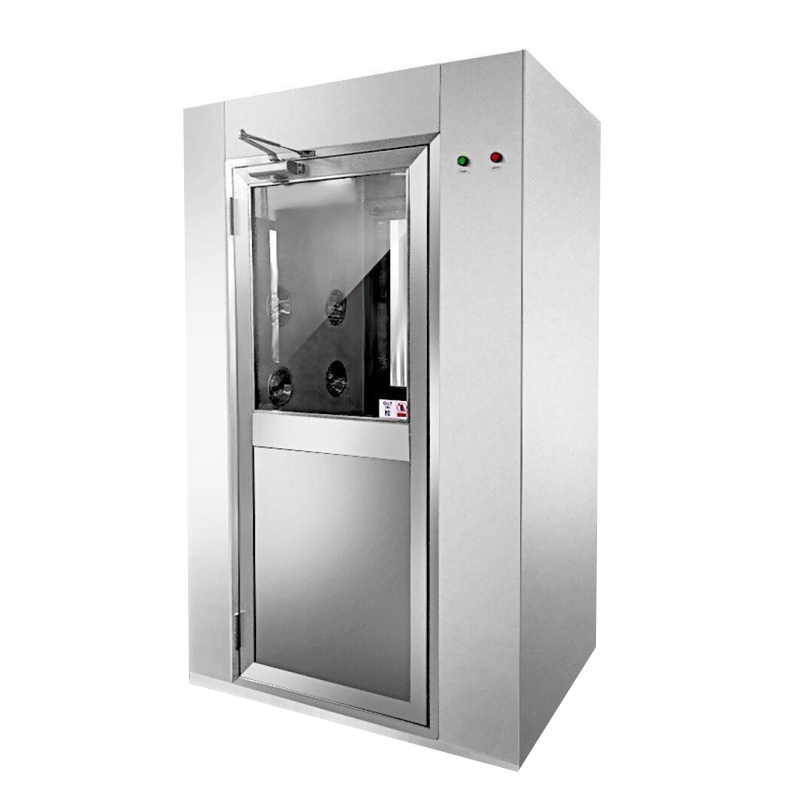

Clean room technology has evolved significantly over ti […]
Clean room technology has evolved significantly over time, driven by advancements in materials, engineering, technology, and industry demands. Some key developments include:
Early Clean Room Concepts: The concept of clean rooms dates back to the mid-20th century, initially driven by aerospace and electronics industries. Basic clean room principles, such as laminar airflow and controlled environments, were established during this period.
Emergence of Semiconductor Industry: The rapid growth of the semiconductor industry in the 1960s and 1970s necessitated the development of more sophisticated clean room environments. These clean rooms became increasingly vital for producing integrated circuits and microchips with ever-smaller feature sizes.
ISO Standards and Classification: The International Organization for Standardization (ISO) introduced standards like ISO 14644 for clean room classification based on particle count. These standards provided a unified framework for defining and categorizing clean room environments.

Air Filtration and HVAC Systems: Advances in air filtration technologies and heating, ventilation, and air conditioning (HVAC) systems led to better control of airborne contaminants. High-efficiency particulate air (HEPA) filters and ultra-low penetration air (ULPA) filters improved air quality in clean rooms.
Miniaturization and Nanotechnology: As technology miniaturized, especially in fields like microelectronics and nanotechnology, clean rooms had to adapt to stricter requirements to prevent even smaller particles from affecting sensitive processes.
Advanced Materials and Surfaces: The development of cleaner materials, surfaces, and finishes helped reduce particle shedding and make clean rooms easier to clean and maintain.
Robotics and Automation: Clean room automation, including robotic systems and automated processes, reduced the need for human presence, minimizing the introduction of contaminants.
Particle Detection and Monitoring: Innovations in particle detection and monitoring systems enabled real-time tracking of particle levels and contamination sources, improving quality control.
Gowning and Personal Protective Equipment (PPE): Improved gowning procedures and specialized clean room garments reduced human contamination and improved worker safety.
Microbiology and Clean Room Control: Understanding microbial contamination led to stricter protocols for preventing microbial growth in clean rooms, including microbial monitoring and control strategies.
Flexible Clean Room Design: Modular clean room designs and portable clean rooms allowed for greater flexibility in adapting clean room environments to changing needs.
Clean Room Software and Data Management: Digital advancements enabled the integration of clean room monitoring systems with software platforms for data analysis, trend tracking, and compliance management.
Energy Efficiency: Modern clean rooms focus on energy-efficient design and equipment to reduce operational costs and environmental impact.
Single-Use Technology: Some industries have adopted single-use clean room technologies, reducing the need for extensive cleaning and validation between production runs.
Global Standardization: Clean room technology has become more standardized across the globe, enabling international collaboration and consistency in manufacturing and research.
Overall, the evolution of clean room technology reflects the ongoing drive to achieve higher levels of cleanliness, precision, and control in various industries that rely on controlled environments.
Our new models offer superb design;competitive prices and their new features give them distinct advantages over similar products from other manufacturers.